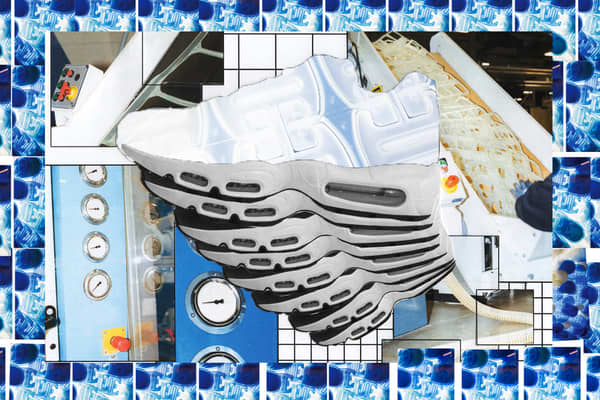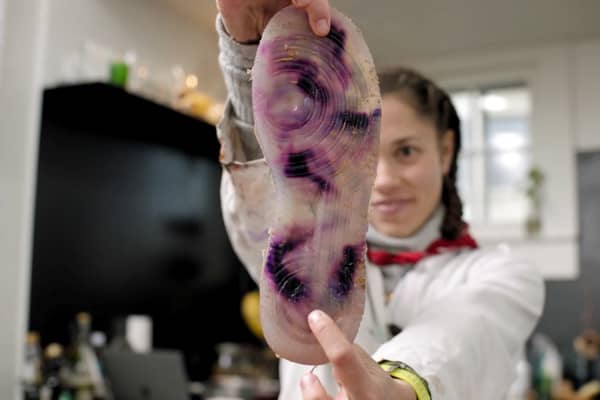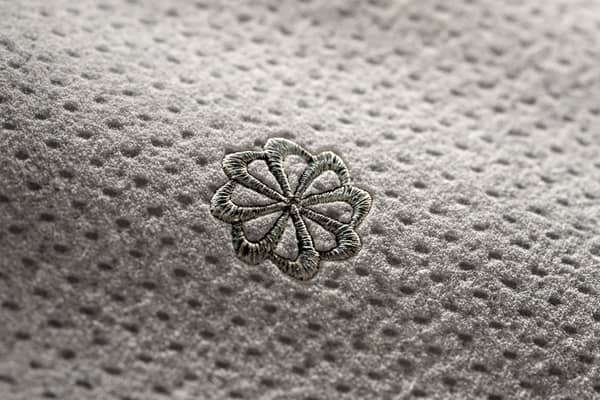2025 and Beyond
Move to Zero
In the race against climate change we're creating solutions that are better for all athletes* and the planet. We've set bold, science-based targets.
Scaling Ideas at NIKE is The Game Changer
In the race against climate change we're creating solutions that are better for all athletes* and the planet. We're scaling sustainable innovations throughout our whole business to reduce NIKE's environmental impact. We've set bold, science-based targets. And we're optimistic—our successes and failures over the past 30 years are inspiring the solutions and resolve to create a future in which we all and this beautiful blue ball thrive.
Putting Progress in Perspective
NIKE has the climate impact of a global city. That's a significant role for a company to play and it motivates us to look at everything we do, because small adjustments lead to big changes. Most people understand NIKE is big. But we thought it would be worthwhile to give that idea more context. NIKE has about 75,400 employees; upwards of 1 million employees in our owned and supplier facilities; over 1,500 physical spaces and we emitted 11,706,664 metric tons CO2e in FY20. If we were a city, we'd have roughly the population and carbon footprint of Amsterdam, Netherlands.
Materials & Design
Currently, 78% of all NIKE, Jordan and Converse products contain some recycled material. We're working to increase that number because adjusting materials—which are about 70% of our total carbon footprint—is one of our biggest opportunities to reduce our impact.
Take recycled polyester. This now-foundational fabric begins as recycled plastic bottles. They are cleaned, shredded into flakes, converted into pellets and spun into new, high-quality yarn that delivers peak performance while reducing carbon emissions by up to 30% compared to virgin polyester. One of our most popular product lines, the Tempo Short, is made from at least 75% recycled polyester. Most options come in at 100%. To date, this single product is responsible for pulling 112 million plastic bottles out of landfills and waterways.
Supply Chain
Sustainable materials matter that much more if our manufacturing is done responsibly. Our end-to-end approach looks at carbon, energy, waste, chemistry and water across the entire product lifecycle, ultimately making choices that improve conditions for teams and locations worldwide.
Creating products takes energy. And today, that process also makes waste. But there is a growing truth of waste: Trash is treasure. One of our greatest inventions is Nike Air. It's also one of our most sustainable innovations. We're able to reuse more than 90% of the waste from Air manufacturing, often turning it into new Air bags. This ensures all Nike Air soles are made from at least 50% recycled material.
Small changes pave the way to achieve big aims. Since our last Impact Report, we've made single-digit centimetre adjustments across product manufacturing, meaning more than 3.5 million kg of waste was prevented. At scale, these adjustments and innovations are our path to achieving our aims of 100% of the waste from our extended supply chain diverted from landfills and at least 80% recycled back into NIKE products and other goods. We aren't there yet, but just like our athletes constantly working to be better than they were before, progress is an everyday goal.
Completing the Circle
The last phase of a product's life—getting it to athletes* and, eventually, back from them—is the most challenging sustainability puzzle. Customised goods and next-day delivery are norms. What to do with a well-loved or defective product is blurry. And no one likes receiving a crunched package. So we're re-thinking it all with ingenuity, science and grit.
We've set a 2025 goal to donate, refurbish or recycle 10X more used or defective products than we do today. To achieve this, we're making it easier for people to return their used product back to us. Active in stores throughout the USA and Europe, we're scaling Reuse-A-Shoe to stores in Greater China and re-energising our operations. We're hosting up-cycling workshops and providing relevant content like the Nike Circular Design Guide to consumers. Recently, we rolled out Nike Refurbished in selected North America stores. We're also hosting up-cycling workshops and providing relevant content like repair & care videos (that will go live this summer) to help extend the life of products. We're just getting started with some of these services, but our aim is the same as with anything we do. To serve all of the planet's athletes with inspiration and innovation.
A Team Effort
When it comes to re-writing our planet's future, our aim is to change industry standards along with our products and processes. Because we know that the faster we can collectively do more for the environment, the better it will be for generations to come. We're also creating ways for each athlete* to take part. Look for the sunburst when shopping NIKE products. Tune in to Talking Trash for discussion and ideas from the NIKE community. Take note of brands' accountability to larger sustainability agreements like G7 Fashion Pact, Transform to Net Zero and UNFCCC Fashion Industry Charter for Climate Action. Keep an eye out for Membership resources, like Repair & Care videos going live this summer and local store programming.









